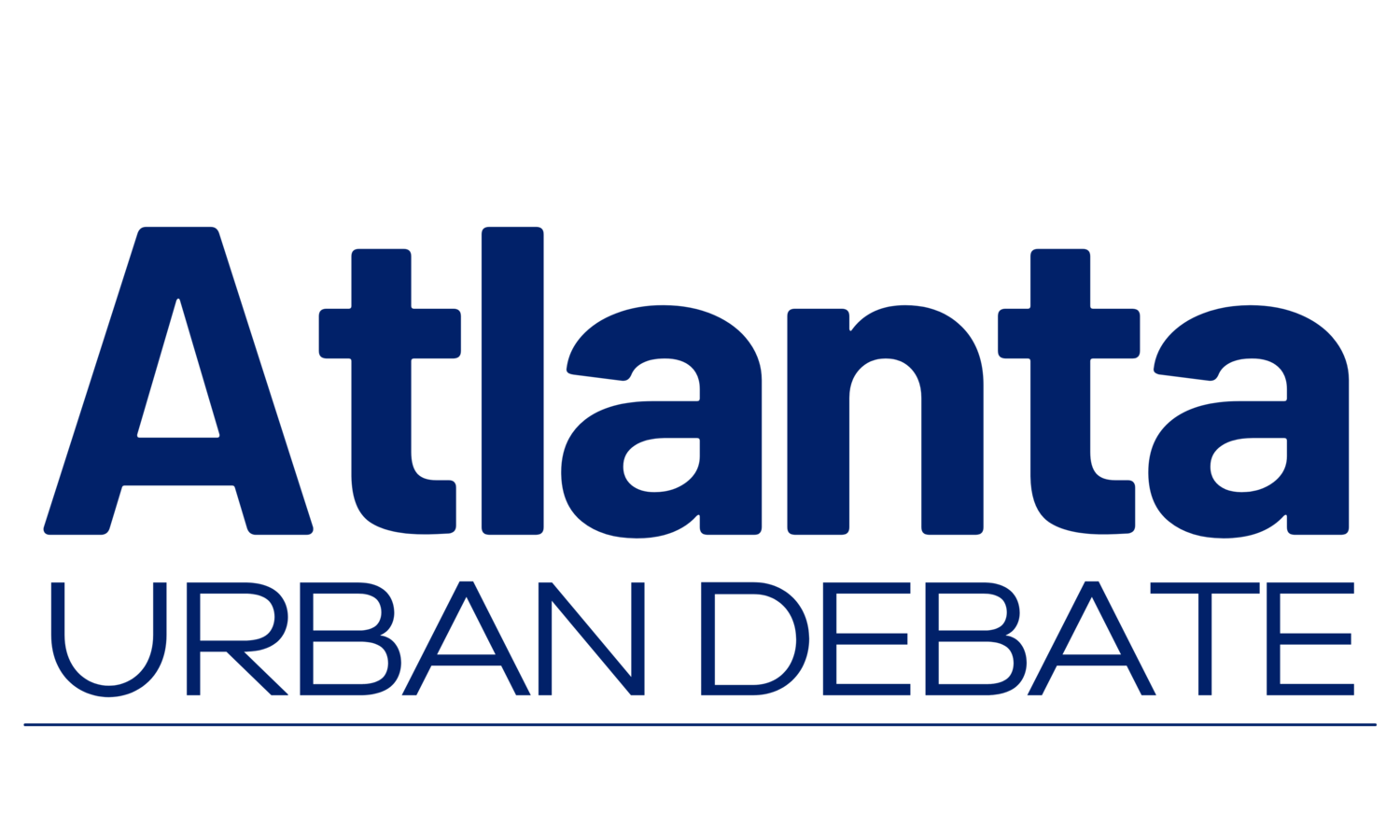The Atlanta Urban Debate League is committed to providing excellent debate education programs, services, and opportunities to diverse students, educators, and members of the community!
High School Open Curriculum Guide
Speaking from the Packet and Workbook
Counterplans and Kritiks requires a bit more strategy than disadvantages. While you’ll still want to read overviews, you won’t just be doing impact comparison – you also must compare your different proposed courses of action. Here are some strategies for successfully extending your counterplans and Kritiks through an entire debate round.
Extending the Counterplan
A counterplan is supposed to be a better policy proposal than the plan. It should solve every issue that the plan solves, and it should avoid another problem that the plan would cause. As a result, you’ll need to do the following things in your speech:
Explain how the counterplan solves the affirmative by extending your solvency advocate. You can find a few counterplan overview worksheets in your tournament workbook.
Explain why the problem that the plan causes matters by extending your net benefit. If you read a disadvantage as a net benefit, you’ll do so when you’re extending that argument. If you read an internal net benefit instead, you’ll want to begin by explaining your solvency, and then you’ll read an additional overview for your internal net benefit.
Respond to each affirmative answer to your counterplan. Just like you did with a disadvantage, you’ll want to go in the order that the other team made each argument.
Since you need to extend both a counterplan and its net benefit to win a debate, you may split that amongst your two block speeches. Often, the 2N will extend the counterplan or its net benefit before doing the case debate, and then the 1N will take whichever argument the 2N did not make in their own speech.
Extending the Kritik
A Kritik is meant to question the assumptions made by the affirmative team. You’ll have to talk about what mistake the affirmative team made, why the judge should care, and what they should do differently. You can find an example Kritik overview worksheet in your tournament workbook, and when extending a Kritik, you’ll need to do the following things in your speech:
Emphasize your impact by proving why the affirmative’s assumptions matter through impact comparison. You can use MR. T, just like you do with disadvantages.
Extend the link to explain how the affirmative team’s assumptions cause those impacts. A good link extension uses examples from the 1AC, whether they are lines from your opponents’ evidence or quotes from cross-examination, to explain the mistake the affirmative team has made.
Extend your alternative to explain how the judge should address that issue. You should be explicit about what change you’re calling for and what impact you think that would have.
And, of course, you’ll need to respond to each affirmative answer against the Kritik, especially framework. Here’s what you’ll need to do to answer that argument:
Read a counter-interpretation. The affirmative has defined how they think the debate should work, so you should explain how you think it should work. Your counter-interpretation should define debate as to allow space for the critical reflection that your Kritik calls for.
Just like the affirmative, you will want to have impacts to support your counter-interpretation. You can weigh the impact to your Kritik on the framework as debate, too! Just make sure to explain why you couldn’t debate about it under the affirmative’s interpretation.
